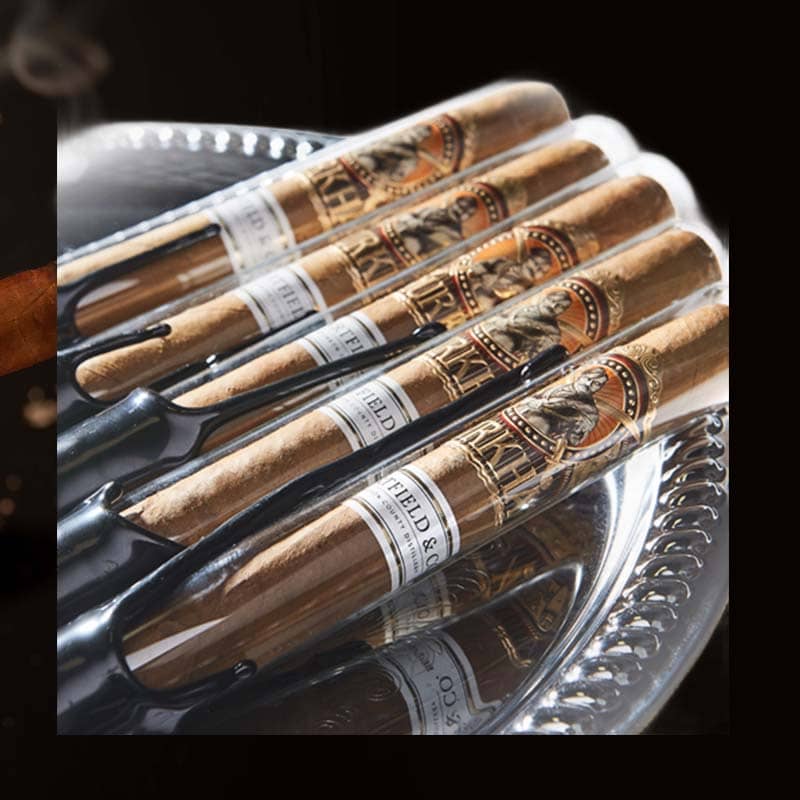How much carbon monoxide is released by butane torch lighters
As a cigar enthusiast, I’ve often found myself reaching for my trusty butane torch lighter. There’s something undeniably satisfying about the precision and intensity of its flame. However, as I learned more about the science behind these devices, a lingering question emerged: how much carbon monoxide is released by butane torch lighters? This thought sparked a journey through the depths of combustion, emissions, and health implications—one that I would like to share with you.
Understanding Butane and Its Combustion
Before diving into the emissions, let’s first understand butane and the combustion process.
Combustion Process of Butane
When ignited, butane undergoes a chemical reaction with oxygen producing heat, water vapor, carbon dioxide, and, crucially, carbon monoxide. This reaction typically proceeds as follows:
- Butane reacts with oxygen.
- Heat causes the butane molecules to break apart.
- As the carbon atoms combine with oxygen, they form carbon dioxide (CO2) and carbon monoxide (CO).
This process is significant because it sheds light on the byproducts of using butane torch lighters, allowing us to better assess carbon monoxide emissions.
Carbon Monoxide Emission from Butane Torch Lighters
Now that we understand the basics of butane, let’s get to the crux of the matter—carbon monoxide emission.
Amount of Carbon Monoxide Produced
The exact amount of carbon monoxide released by butane torch lighters can vary. However, I found that:
- On average, a butane torch lighter produces approximately 0.01 to 0.03 grams of carbon monoxide per minute of use.
- Higher temperatures and incomplete combustion can significantly increase CO output.
Consequently, understanding these numbers is essential for anyone looking to mitigate their exposure.
Factors Influencing Carbon Monoxide Release
There are several crucial factors that determine the carbon monoxide output of butane torch lighters.
Type of Butane Torch Used
The kind of torch can play a critical role in emissions:
- Single flame torches often burn cleaner than multi-flame torches.
- Quality of butane—higher purity butanes produce lower emissions.
- Efficient designs with better air-fuel ratios yield less CO.
I find that investing in high-quality torches not only enhances my smoking experience but also minimizes harmful emissions.
Health Effects of Carbon Monoxide Exposure
Understanding the health implications of CO exposure is paramount.
Short-Term and Long-Term Health Risks
While the occasional use may seem harmless, exposure can lead to serious health issues:
- Short-term exposure can cause headaches, dizziness, and confusion.
- Long-term exposure can lead to more severe health problems, including cardiovascular diseases.
I always remind myself to use my torch in well-ventilated areas to minimize these risks.
Environmental Impact of Carbon Monoxide
How do our choices affect the planet? Let’s explore.
Contribution to Air Quality Issues
Carbon monoxide emissions from butane torch lighters contribute to air quality concerns:
- CO can affect the atmosphere by altering pollutant levels.
- In urban areas, increased CO can worsen smog conditions.
It’s crucial that we, as users, become responsible and conscious of our emissions.
Detecting Carbon Monoxide Levels
How do we know if we are in danger? Understanding detection is vital.
Recommended Detection Methods
To ensure safety, consider these detection methods:
- Use CO detectors in your smoking area.
- Regularly check the devices for functionality.
Being proactive can protect you and your loved ones from potential harm.
Safety Measures When Using Butane Torch Lighters
What steps can we take to minimize risks? Here are some strategies.
Preventive Strategies to Minimize Risks
Here are some practical safety measures:
- Use the torch in well-ventilated spaces.
- Avoid using multiple torches simultaneously.
- Always check for leaks before use.
Following these guidelines ensures a safer smoking experience while enjoying my cigars.
Comparison of Butane with Other Fuel Sources
How does butane stack up against other fuels?
CO Emissions from Alternative Fuels
When comparing butane to alternatives:
- Propane tends to produce higher CO emissions under similar conditions.
- Electric lighters generate no combustion, thus having zero CO emissions.
However, each option has its pros and cons, depending on the context of use.
Regulatory Standards for Carbon Monoxide Emissions
What guidelines govern our usage?
Guidelines and Compliance
Many countries have set regulatory standards for CO emissions which dictate:
- Limits on permissible CO levels in household products.
- Recommendations for manufacturers to reduce emissions.
Being aware of these regulations can guide us toward safer choices.
Best Practices for Using Butane Torch Lighters
Maximizing efficiency and safety is key.
Maximizing Efficiency and Safety
To ensure I’m using my torch properly, I always follow best practices, which include:
- Choosing the right lighter for the task.
- Maintaining my lighter to prevent malfunctions.
- Using it sparingly to limit emissions.
These practices not only enhance safety but also improve my overall experience.
Consumer Awareness and Education
Staying informed empowers us to make better choices.
Understanding Risks and Proper Usage
In terms of education, I believe it is imperative to learn about:
- The risks associated with carbon monoxide.
- Proper handling and usage of butane lighters.
This knowledge helps foster a culture of responsibility among users like myself.
Conclusion: Managing Carbon Monoxide Risks from Butane Torch Lighters
Managing the risks associated with carbon monoxide from butane torch lighters is a delicate balance. By being informed, taking necessary precautions, and choosing high-quality products, we can enjoy our passions without compromising our health or well-being.
Final Thoughts and Recommendations
In conclusion, I urge every cigar smoking enthusiast to consider the carbon monoxide emissions of their butane torch lighters and make informed decisions for a safer experience. Let’s enjoy responsibly.
FAQ
Does butane torch give off carbon monoxide?
Yes, butane torches emit carbon monoxide during combustion, especially if the combustion is incomplete.
How much CO2 does butane produce?
Butane combustion produces about 0.5-0.8 grams of CO2 for every gram of butane burned, varying based on conditions.
Do lighters give off carbon monoxide?
Yes, lighters, particularly butane ones, release carbon monoxide during combustion, especially in poorly ventilated areas.
Does butane gas contain carbon monoxide?
Butane gas itself does not contain carbon monoxide; however, CO is produced when butane combusts.
















